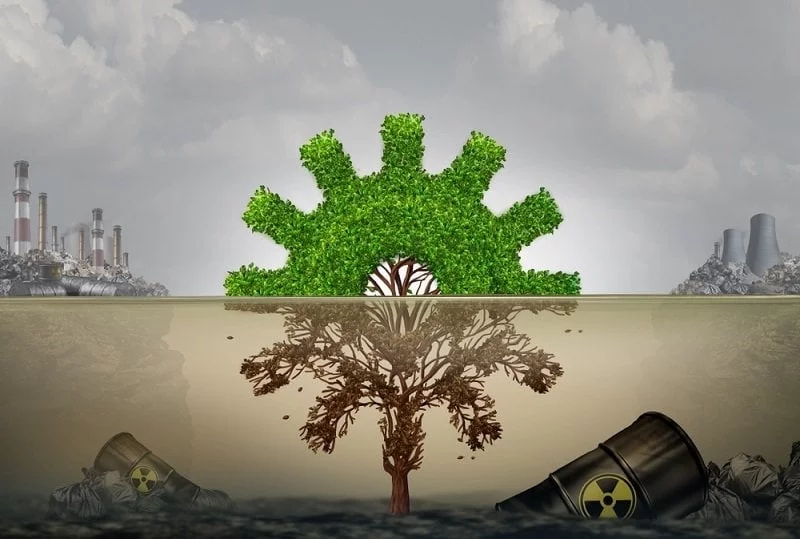by Christopher Jones
The way we eat, produce and waste food is the greatest threat to our planet, according to a new study published in the World Food Day by WWF, an entity. The food system is the largest consumer of natural resources and emitter of greenhouse gases. Despite using 34% of the land, consuming 69% of the water, and being the main cause of deforestation and loss of habitat, a third of all the food produced is not consumed. The food system is responsible for a quarter of greenhouse gas emissions, and of this 25%, one third comes from food waste.
The survey reveals that 40% of young people surveyed between 18 and 24 years old believe that the impact is not significant. Meanwhile, 80% of respondents say that more can be done to address the problem: 66% want governments to take stronger measures and 60% want companies to increase their efforts.

When a food is lost or wasted, all the resources that have been used to produce it (water, land, energy) are also wasted, at the same time as the calories and nutrients they contain are wasted. In this article we briefly review the environmental implications associated with the production of food and the amount of resources that are used in bucket to produce food that nobody takes advantage of; resources that, if managed responsibly, could be used to ensure the supply of food, which is seriously compromised by the limitation of natural resources.
The carbon footprint of food waste and waste, in general terms, is estimated at 3,300 million tons of CO2 released into the atmosphere: to have an idea, this means that food waste is the third GHG emitter, after from the USA and China. As for the water footprint, (ie, the consumption of surface and underground water resources), the volume of water used to produce food that will end up in the garbage is 250 km 3 , this is equivalent to the annual flow of the Volga River, or, three times the volume of Lake Geneva. Food produced in vain occupy almost 1.4 million hectares of land; this represents about 30% of the world’s agricultural land 1 .

Freshwater is a global resource that is depleting whenever food is wasted. Have a look at these facts about water usage in the production of commonly bought— and in many cases wasted-food items.
 |
 |
 |
 |
 |
 |
 |
 |

About Christopher Jones
Chris is a true globetrotter. He has been to many destinations and tried different types of food from all over the world, yet he still loves finding new places and tasting their specialties. Chris has always had an entrepreneurial spirit and so he decided to go back to school at age 24 for his MBA at University of San Francisco so that he could have a better understanding of business strategy in order to start his own company. His favorite motto is “how can one live well, travel well, and work well without having good food every time?”
Check for FREE Gifts. Or get our Free Cookbooks right now.
Disable the Ad Block to reveal all the recipes. Once done that, click on any button below
 |
 |
 |
 |